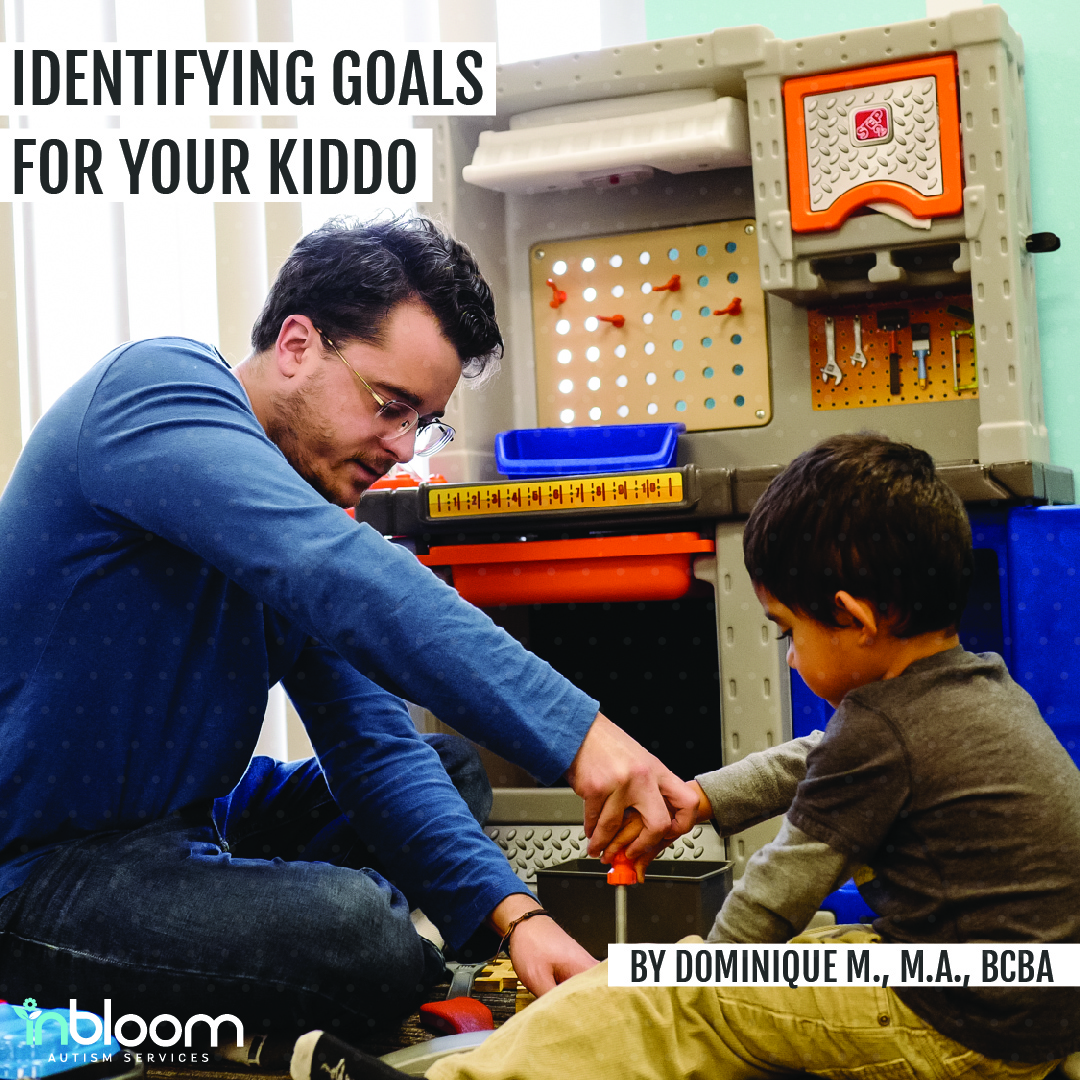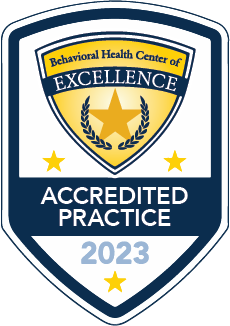Identifying Goals for Your Kiddo

Cooper, Heron, and Heward (2007) stated that “Applied behavior analysis is the science in which the principles of the analysis of behavior are applied systematically to improve socially significant behavior...”
What is socially significant behavior?
Socially significant behaviors are desired skills, or undesired behaviors, targeted during ABA therapy. The skills / behaviors are socially significant because they are valuable to the client and/or the client’s caregivers. These behaviors are skills that will improve the client’s quality of life in some capacity and have long-term positive effects. Social significance can be determined by factors such as age, if the client will be able to access reinforcement in their natural environment by engaging in these behaviors, caregiver needs, and the list goes on!
It is the duty of the Board Certified Behavior Analyst (BCBA) to identify and prioritize socially significant behavior goals.
As you can imagine, there are many different types of socially significant behaviors that can be focused on during therapy. It is the duty of the Board Certified Behavior Analyst (BCBA) to identify and prioritize socially significant behavior goals. Some of the different types of socially significant behaviors commonly focused on during ABA therapy include skills in the following domains: social skills, communication, gross and fine motor skills, eating skills, self-care skills, vocational skills, and daily living skills. You can further dissect these domains to say, for example, a socially significant goal is to have my child communicate to a peer that they would like to play together.
…collaboration is imperative to picking which socially significant goals to target.
How do we choose which socially significant goals to address in therapy?
First and foremost, we ask! It is essential that we interview our client or client caregivers to understand what skills are important to them, their goals, their progress, and their future. Sometimes this looks like a parent interview or an IEP meeting. It all depends on the reason for seeking out ABA therapy. BCBAs also use assessments to aid in choosing goals that are socially significant for certain age groups.
There are a multitude of factors that affect what someone finds socially significant or important to them. Factors such as family structure, culture, and religion may impact what a client or client’s family identifies as essential. This means that collaboration is imperative to picking which socially significant goals to target. Do you have a specific questions about social significant goals we might be able to address in therapy for your kiddo? Connect with our Care Team and they’ll be able to help!
Why are socially significant goals important to the success of ABA?
ABA therapy’s goal is to improve a client’s life by teaching them socially significant behaviors that are functional and meaningful to the client in his/her day to day life. In an effective and successful ABA program, the client acquires these skills in therapy and can generalize and use the skills outside of the therapy setting.
For example, a 2-year-old client, who cannot yet communicate his basic wants and needs (e.g. asking for food, drink, etc.) would find no use for learning colors. To that client, learning to ask for specific needs is a socially significant behavior; however, learning to identify his colors would not be a meaningful skill for him until a later time. Socially significant goals are what ABA is all about.
Once intervention begins, the ABA team will measure the client’s progress with these behaviors by collecting and analyzing the data taken during therapy, or data taken at school, home, or in the community.
How do we prioritize these socially significant behaviors?
Once we have identified socially significant behaviors for a given client, we must prioritize which ones to address first. As a first step, we measure the client’s current levels of the target behavior(s) or skills. We also collaborate with caregivers to determine how the client’s current levels of the skill or undesired behavior may be impacting the client on a day to day basis. Is the skill deficit or undesired behavior potentially harmful or unsafe to him/her, or to others? Is the skill deficit or undesired behavior interfering with the client’s daily functioning? Is the skill deficit or undesired behavior impacting their independence with getting wants and needs met, and/or hindering his/her ability to learn? The answers to these questions will guide the ABA team with prioritizing which goals to begin with.
Once intervention begins, the ABA team will measure the client’s progress with these behaviors by collecting and analyzing the data taken during therapy, or data taken at school, home, or in the community. If the client is not making progress, we adapt or modify how we teach these skills to promote progress and success in the client’s everyday life. As the client makes progress and masters targeted skills / behaviors, the ABA team will continue to prioritize which goals to work on next, and will move the client forward with new goals to ensure he/she is continually working on socially significant behaviors. In an effort to keep the client’s goals socially significant, they must be updated regularly.
As ABA clinicians, it is our job to aid in the process of defining what a socially significant goal for a client is. Collaborating with clients and/or caregivers when choosing which socially significant behaviors to target is key to successful ABA therapy. Furthermore, we need to encourage continuous and life-long success by monitoring and modifying our teaching techniques to be client-specific. After all, what is a goal without a plan?
To learn more about our ABA therapy programs, click here!


